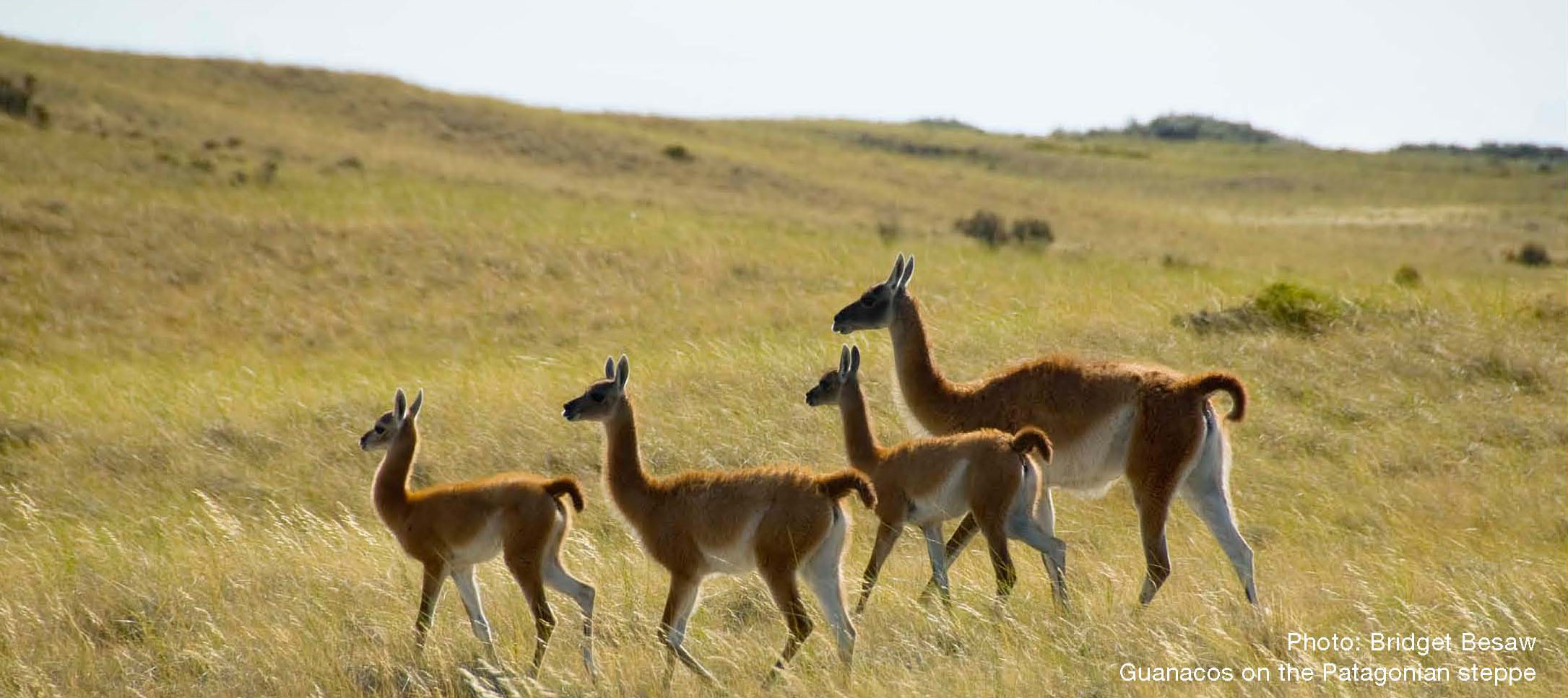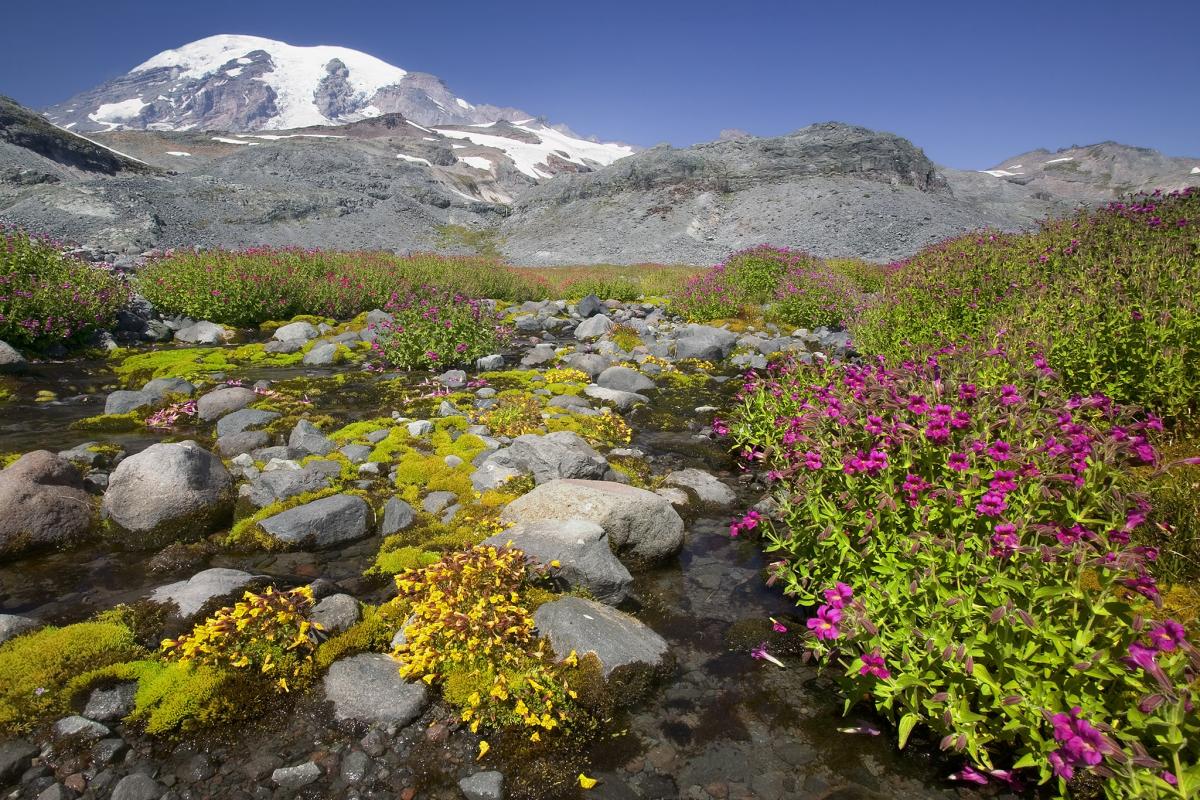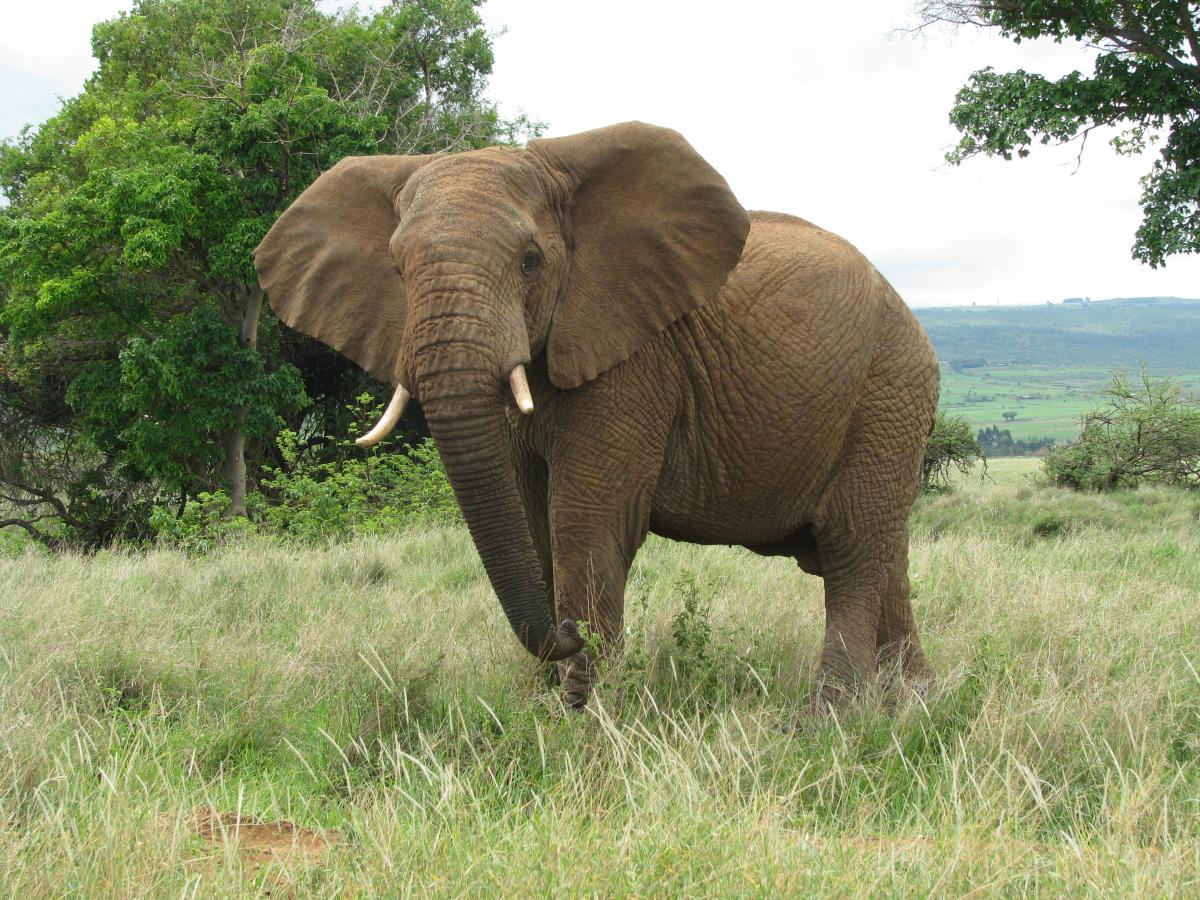South American Temperate Grasslands
Building the regional case for their conservation

Photo: Bridget Besaw
The Challenge
The temperate grasslands of South America form a vast and heterogeneous biome distributed in four ecoregions – paramos, puna, pampas and campos and the Patagonian steppe. These grasslands occur in every country (except the three Guianas) and occupy about 13% of the continent (2.3 million square kilometres).
The four ecoregions of South American temperate grasslands play a key role in sustaining the lives and livelihoods of millions of people living in urban and rural areas. As such, these ecosystems have been subject to profound land conversion and intensive use for crop production, afforestation, grazing, water use (irrigation and hydropower generation), mining and oil extraction.
Today, almost half of South American temperate grasslands have been converted to other land uses or degraded, and only 6% are included in protected areas.
During recent years, much progress has been made in terms of research and direct action for the conservation and sustainable use of South American temperate grasslands. However, as the ecoregions within this biome are big producers for national economies and they have not been perceived as important ecosystems from a biological perspective, a lot of effort still needs to be made to raise their conservation profile. Moreover, in the current context of global climate change, the global financial crisis, regional integration projects and national development policies, new threats have emerged and urgent action is needed if their long-term conservation is to be guaranteed.
The challenge from a regional perspective is to contribute to an overall increase in the protection status of temperate grasslands and a widespread use of sustainable management practices both inside and outside protected areas.
The Temperate Grasslands Conservation Initiative (TGCI) working in South America intends to tackle this challenge from a regional perspective. By facilitating transboundary cooperation, coordination and communication, TGCI in South America will act as a regional node to examine overall progress in the ecoregions, enhance actions executed in the countries or ecoregions and influence decision makers and policy building at a regional level.



